Excellent Young Researcher Support Division
This division provides support for research activities by young researchers at the Graduate School of Engineering and fosters research leaders who will be responsible for the next generation. We especially support excellent young researchers by offering them an independent research environment and a place for research exchange so that they can be engaged in cutting-edge research activities and the development of an advanced research field with high motivation. The division is composed of Outstanding Young Researchers who aim to develop the area of research at the world-class level as principal investigators (PI or independent researchers) and Expert Leaders of Next Generation who have excellent academic achievements.
Outstanding Young Researchers
Pioneering brainless robotics with super-distributed muscle, receptor, and neural devices
<Started in 2021>
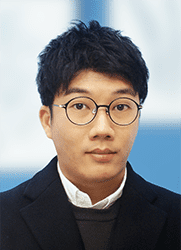
Assistant Professor
Center for Future Innovation / Division of Mechanical Engineering
When we walk along a path, do we perform hundreds of optimization calculations per second, like a robot? It is difficult to model and describe an unpredictable and unlimited environment completely, so to prepare for the approaching age of robots in the real world, we need to break away from brain-centered control strategies based only on detailed models. My research sets out to understand and implement non-computational motor intelligence in the periphery of animals, by creating new methodologies for robot body design and control in which mechanical muscles, receptors, and neural devices are embedded in the whole of the robot’s body, while the reflex system of the whole body is controlled by subtle commands from the higher brain.
The behavior and long-term performance of fractured rocks elucidated from microscopic domain
<Started in 2022>

Assistant Professor
Center for Future Innovation / Division of Global Architecture
Given that Japan is blessed with the world’s third largest resources of geothermal energy, geothermal power represents a very compelling source of renewable energy. For this reason, the establishment and commercialization of technologies to promote geothermal power generation is eagerly anticipated. In one particularly promising kind of geothermal development technology, a network of fractures is artificially constructed to serve as a reservoir for fluid in hot-dry rock below the ground, with the aim of extracting geothermal energy continuously. In my research, I am trying to develop a numerical analysis technique for making accurate predictions about geothermal reservoirs, from construction conditions to long-term changes in status and performance, including the space within micro-fractures. Such a technique will enable more reliable reservoir design and construction for sustainable geothermal energy extraction. This work will lead to practical applications of reservoir construction-type geothermal development technology, to accelerate the development and diffusion of large-scale geothermal power facilities, thereby helping Japan to fully utilize its vast geothermal resources.
Biophotomechanics of organ development and the diseases <Started in 2022>

Assistant Professor
Center for Future Innovation / Division of Precision Engineering and Applied Physics
To elucidate the role of “mechanical property” in maximizing organ development, I am developing an advanced optical system that measures/controls organoids (organ-like tissues). With this system, culture methodology for organoids will be unified based on familiar physical quantity, paving the way to a future where anyone can easily culture organoids. I am also curious about mechanical homeostasis in the development of disease. I will strengthen collaborations within “TechnoArena” to create new technologies by integrating various fields such as biotechnology, photonics, and mechanics.
Singlet–triplet inversion for the next-generation of organic LED materials <Started in 2023>

Assistant Professor
Center for Future Innovation / Division of Applied Chemistry
Hund’s rule states that for a given electron configuration, the state with the maximum spin multiplicity has the lowest energy. Consequently, a triplet excited state has less energy than a singlet excited state, and the difference in these energies (ΔEST) is known to be positive. Our study focuses on the development of organic fluorescent materials with negative ΔEST, with the aim of producing high-performance organic light-emitting diodes (OLEDs) without precious metals. In addition, efforts are being made to explore the fundamental science of the emergence of negative ΔEST from a large number of electron configurations, to establish a robust theoretical framework that could potentially guide significant improvements in OLED performance.
Design and Development of New Catalytic Systems Based on 3D Aromatic Cluster Molecules
<Started in 2023>
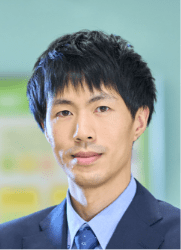
Associate Professor
Center for Future Innovation / Division of Applied Chemistry
Our lives are supported by a great variety of “organic compounds,” such as plastics, pharmaceuticals, displays, dyes, and clothing. The driving force behind this diversity is the structural diversity of organic molecules themselves. My work is focused on the “three-dimensional aromaticity” characteristics of cluster molecules with cage-like structures, and aims at the verification and practical application of a new catalyst design concept that incorporates this characteristic as a driving force of chemical reactions. By establishing a method of molecular transformation that is far more efficient and selective than conventional methods, I believe that we can facilitate substantial resource and energy savings in the chemical industry and contribute significantly to sustainable development.
Molecular-based Purification Technologies for Miscellaneous Systems <Started in 2023>
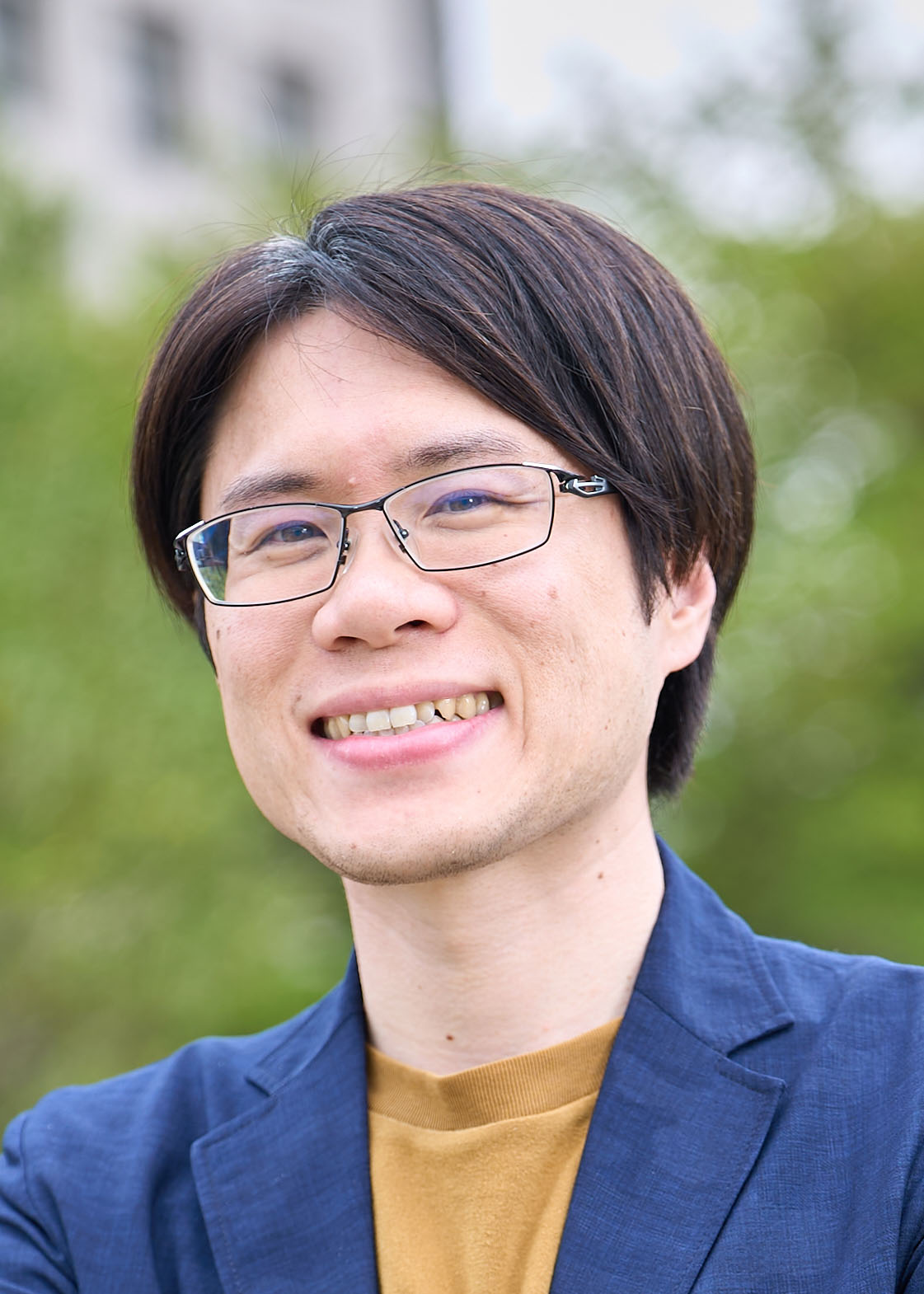
Associate Professor
Center for Future Innovation / Division of Applied Chemistry
This research focuses on the untapped industrial resource of crude hydrogen, which is a gaseous mixture of hydrogen and carbon monoxide or carbon dioxide. The goal of this research is to develop hydrogenation reactions for organic compounds that directly use crude hydrogen. Specifically, the research aims to establish an innovative technology for directly separating, storing, and transporting hydrogen from crude hydrogen gas by using heteroaromatic compounds as target compounds for hydrogenation. The new technology of [crude hydrogen → H2 storage and transport] will be verified in comparison to the current mainstream process of [crude hydrogen → high purity H2 → H2 storage and transport]. Through this work, we hope to contribute to the realization of a “hydrogen society” that efficiently and stably uses carbon resources including biomass.
Development of precisely-controlled inorganic synthesis for low-dimensional nanomaterials
<Started in 2024>

Associate Professor
Center for Future Innovation / Division of Applied Chemistry
Up to now, most organic materials have been synthesized in various ways from petroleum resources. Inorganic materials, on the other hand, are attractive because they are highly stable. However, when they are synthesized using existing methods, their very highly stable structure is actually a disadvantage in the development of new materials. The aim of this research is to cultivate new methods for enabling precise synthesis of such inorganic materials and to develop a new materials chemistry in which the electronic properties expressed by various inorganic chemical elements are drawn out based on their nanostructures. As an example, we found that borophene analogs synthesized by controlling the structure of monoatomic layers exhibit liquid crystal functions, despite being inorganic materials. By synthesizing various kinds of such inorganic materials and clarifying how they function, we can develop next-generation functional inorganic materials.
Creation of Innovative Nanomaterials by Surface and Interface Design <Started in 2024>
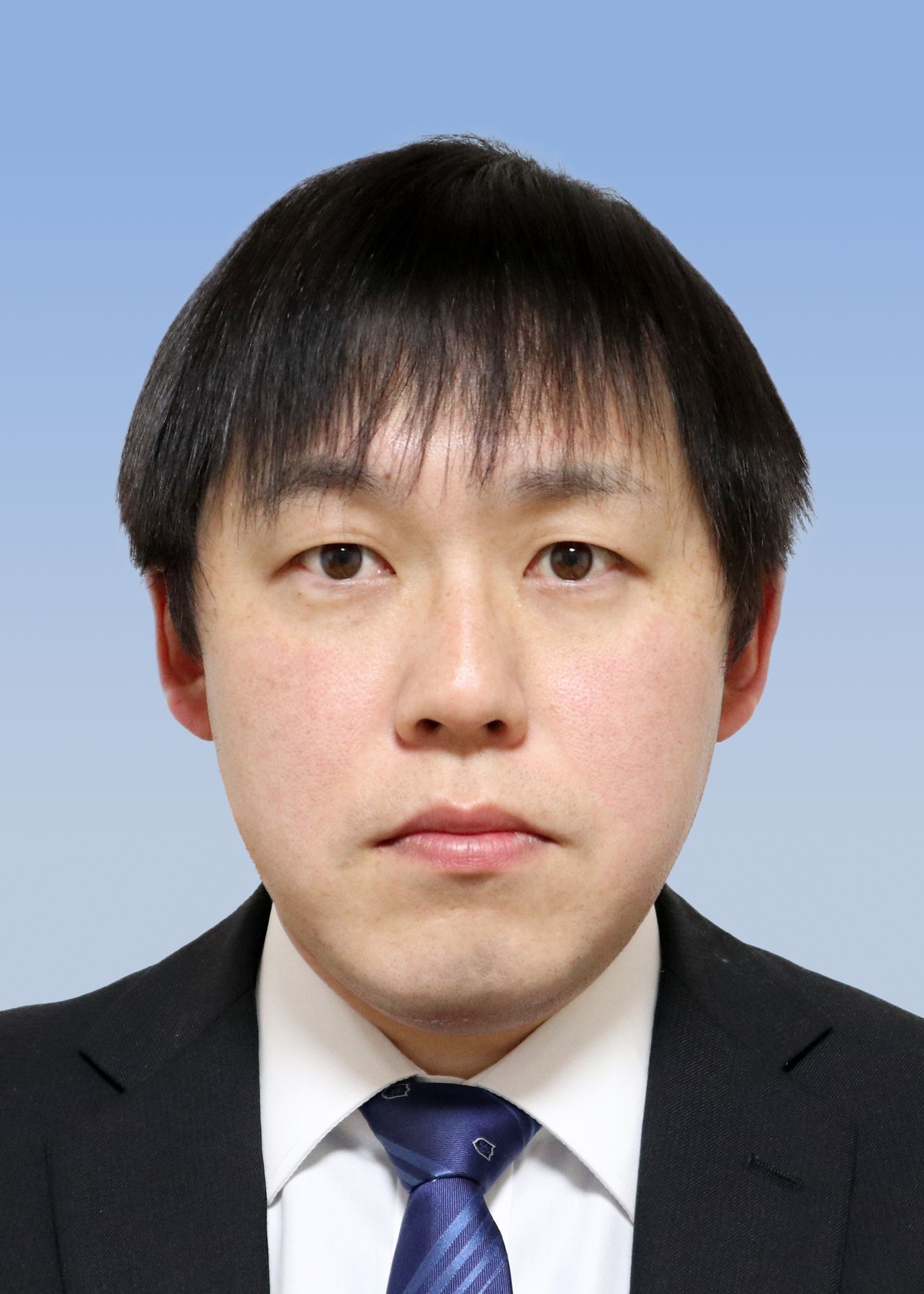
Associate Professor
Center for Future Innovation / Division of Applied Chemistry
Quantum dots have a luminescence mechanism based on electron transitions between energy bands in semiconductors, and they achieve higher color purity than conventional fluorescent dyes. In addition, since the luminescence wavelength can be freely controlled by adjusting the size and composition, their application in consumer products such as televisions is expanding. This research aims to improve the functionality of new quantum dots composed of multiple low-toxicity elements. Although the synthesis of multinary materials is challenging, we are developing a new method to selectively synthesize target nanoparticles. We also aim to apply these techniques to the development of energy conversion materials to achieve a sustainable society through the creation of nanostructured materials.
Development of Innovative Functional Materials through Main Group Elements-π Electron Cooperation <Started in 2024>
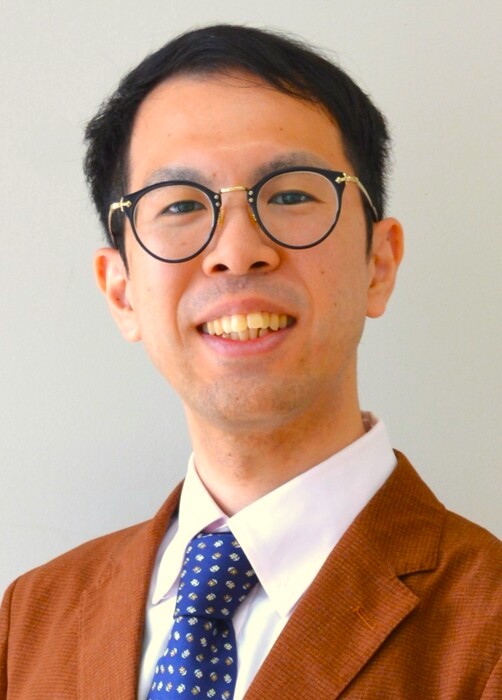
Assistant Professor
Center for Future Innovation / Division of Applied Chemistry
“Main group elements” and “π-electrons” are both crucial to the functionality of molecular materials. Despite the recent demand for innovative functional materials, their high potential has not been fully utilized in the field of materials science. While systems with multiple sources of functionality have been developed, these systems often operate independently or only supplement the primary function, failing to produce significant innovations.
Our research aims to explore the unexplored electronic states, physical properties, and reactivity that arise from the synergy between main group elements and π-electrons. Through this research, we seek to contribute to the creation of innovative functional materials that will benefit society in the future and establish design guidelines for these materials.
Creation of innovative manufacturing technologies through visualization of material deformation behavior <Started in 2024>
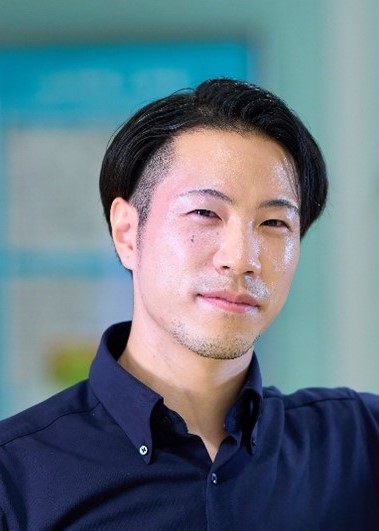
Associate Professor
Center for Future Innovation / Division of Mechanical Engineering
The field of manufacturing, which is the foundation of all industries, is rapidly becoming more sophisticated and complex, and there is a strong need for breakthroughs to resolve issues such as machining of difficult-to-cut materials, high speed/performance machining, and reduction of the burden on the environment. In this research, by “visualizing” the processing phenomenon, which is a highly complex process with many mutually interacting factors, we aim to gain a deeper understanding of the phenomenon itself and to create innovative manufacturing technologies. We anticipate that the knowledge gained through this research will also lead to interdisciplinary collaborations and development across fields such as surface chemistry, tribology and elastoplasticity.
Logic-gated intelligent polymerization inside cell <Started in 2024>
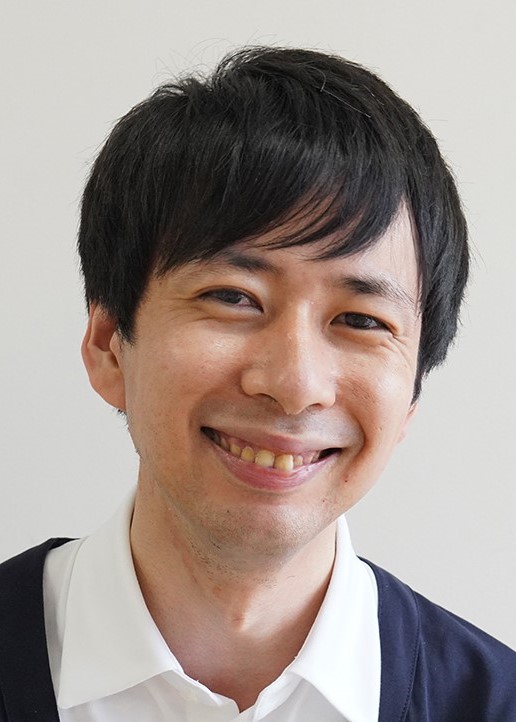
Associate professor
Center for Future Innovation / Division of Applied Chemistry
The synthesis reactions of functional biomacromolecules such as proteins and polysaccharides in response to biochemical signals play an important role in regulating a wide range of biological functions. In this pioneering research, we will implement the world’s first selective intracellular polymerization of synthetic polymers in specific cells and organelles using “biochemical signal-responsive intelligent PET-RAFT (iPET-RAFT) based on multiple logic gates” and will establish this technique as a new methodology for manipulating cell functions. We will develop and systemize the uncharted scientific principles behind this technology and its application as a biotechnology, and will use this as a foundation for creating a new academic field, “intracellular polymer engineering”.
In silico Photomedicine with Topological Biotissue Optics <Started in 2024>
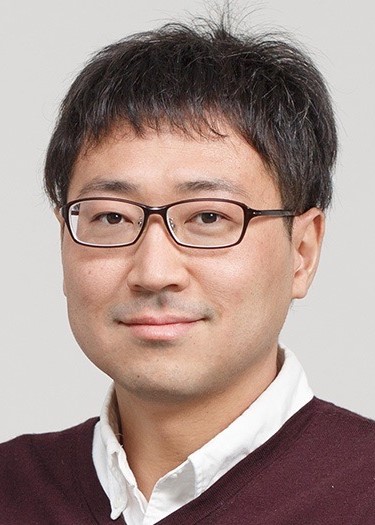
Assistant Professor
Center for Future Innovation / Division of Sustainable Energy and Environmental Engineering
Light-based medical treatments are effective in a wide range of clinical fields, due to low photon energy and few side effects. However, irradiating microscopic treatment sites with high accuracy has some challenges. This is because irradiated light exhibits complex behavior such as absorption and scattering in heterogeneous biological tissue. In this research, we use a new approach called “Topological Biotissue Optics” to elucidate the detailed behavior of light in tissue, with the aim of achieving accurate targeted irradiation at the cell level. In addition, by using an in silico model that simulates the interaction between light and biological tissue, we intend to develop techniques for improving the accuracy of phototherapy that will contribute to the development of minimally invasive phototherapy techniques.
Study on microscopic transport phenomena <Started in 2024>
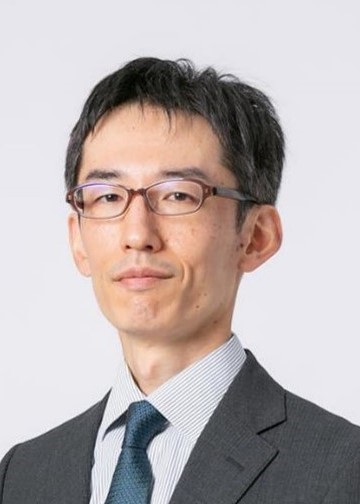
Associate Professor
Center for Future Innovation / Division of Mechanical Engineering
Thermofluid transport phenomena at the atomic and molecular scales are crucial to the micro-/nano-scale manufacturing that underpins the progress of modern society, but there still remain many challenges in accurately describing and controlling these phenomena. In this research, we will radically transform the basic ideas of transport phenomena in macro-scale thermofluid dynamics and create a theory of transport phenomena based on the conservation laws for thermofluid dynamic fields in essentially non-equilibrium processes at the atomic scale. We will also attempt to build a new academic field based on our new theory of transport phenomena, that will elucidate the physical properties and thermofluid phenomena (energy transport, wetting, phase change phenomena, etc.) of materials that are fundamental to the progress of energy science.
New principles of cellular functions for hierarchically ordered structures inside bone matrix
<Started in 2024>
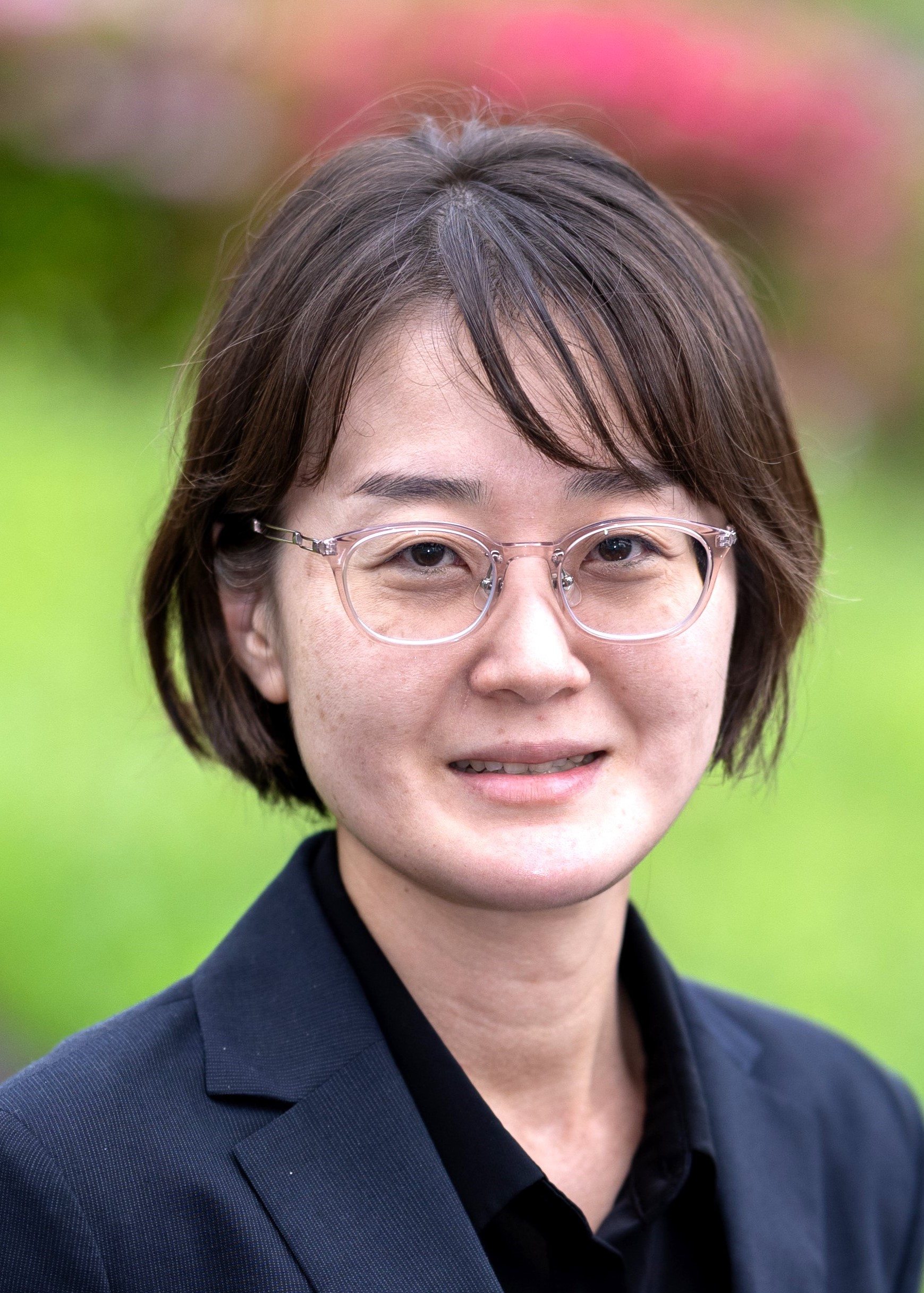
Associate Professor
Center for Future Innovation / Division of Materials and Manufacturing Science
Our research group aims to design and develop new materials to restore biological function lost due to disease or injury by comprehending biological phenomena at the atomic level from a materials engineering perspective. In particular, we are engineering hierarchically multi-layered 3D biotissue materials ranging from nano-scale biomolecules including genes and proteins to cells, tissues, and organs. World-leading research is being conducted to develop new materials with desired functions through advanced interdisciplinary bioengineering, utilizing state-of-the-art methodologies such as metal 3D additive manufacturing technology. Our game-changing research paves the way for innovative fields in biomedical engineering worldwide.
Development of a next-generation platform for protein–protein interaction assays
<Started in 2024>
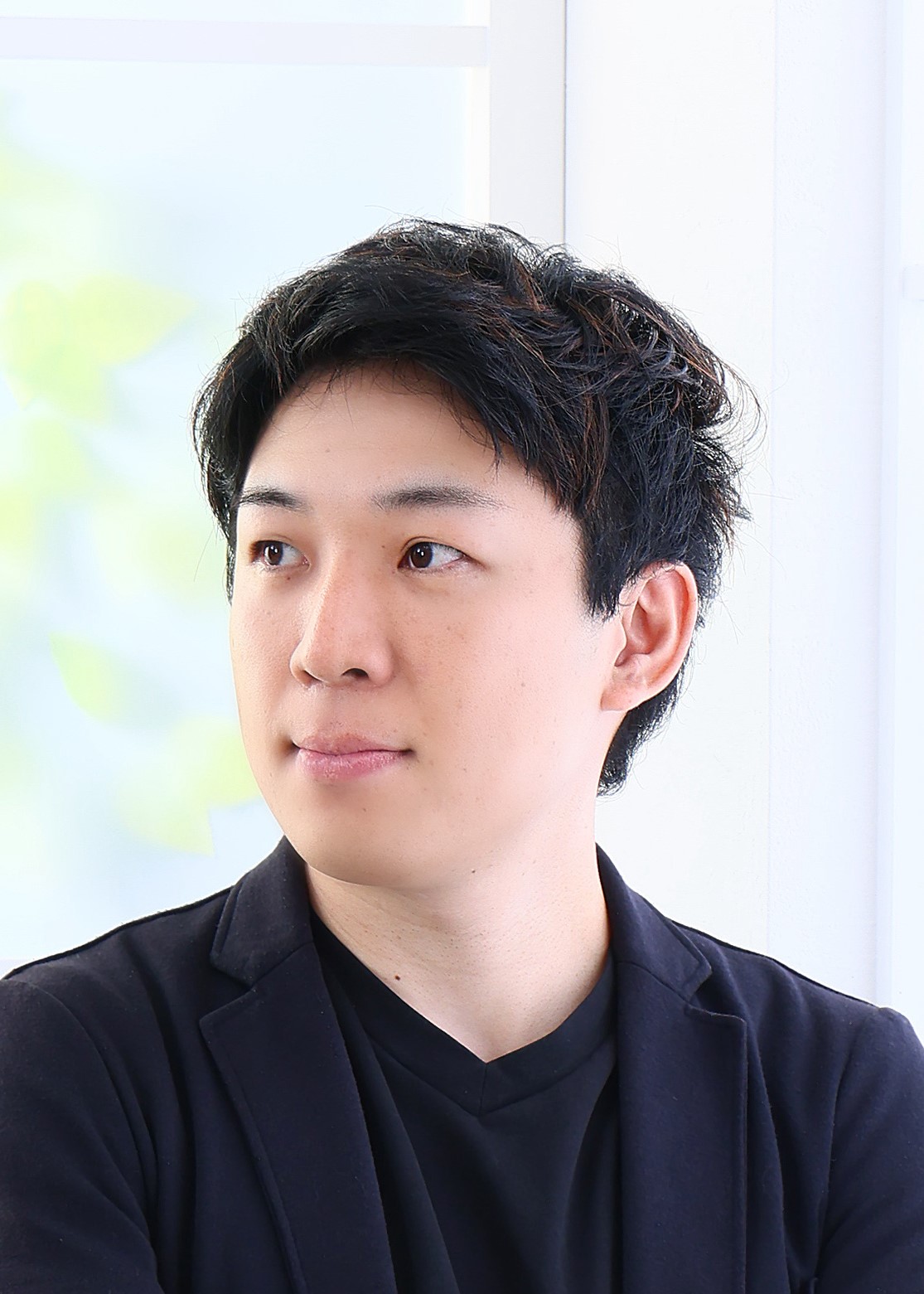
Understanding the landscape of protein interactions with biomolecules will lead to the elucidation of the fundamental principles of biological functions, and to the development of drugs and biotechnologies based on those principles. However, conventional methods for measuring interactions lack sensitivity and multiplexability, and the detailed picture of biomolecular interactions is still a black box. I have previously developed a method for reading amino acids and post-translational modifications along protein strands using an analytical technique called nanopore sensing (Nature 2024). In this project, we will apply this technique to establish a methodology for massively parallel single-molecule assays of protein–protein interactions, thereby revolutionizing the field of proteomics.
Innovative & Heterogeneous Drone Swarm Architecture with Large Language Models
<Started in 2025>
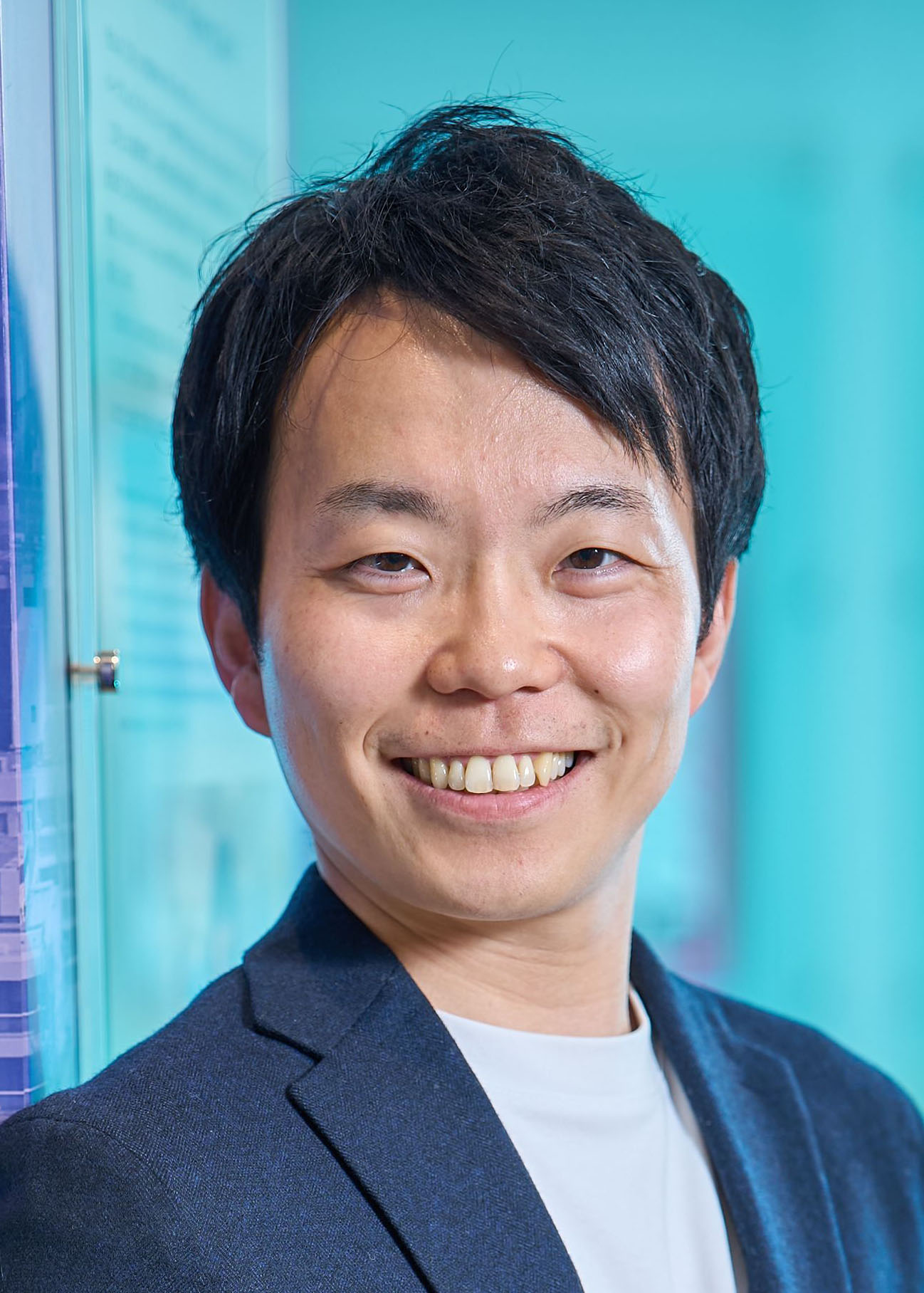
Assistant Professor
Center for Future Innovation / Division of Mechanical Engineering
My research aims to develop an innovative drone swarm system that can dynamically form multiple teams to execute tasks assigned by humans, in response to diverse environmental conditions such as disaster scenarios. The system encompasses the following core technological advancements:
・Innovative autonomous and cooperative flight control for both individual drones and coordinated teams
・Cooperative sensing to detect dynamically changing environmental conditions caused by phenomena such as wind and rain, integrated into a digital twin framework
・Collaborative transportation of flexible objects, such as drainage hoses
・Formation flight control that enables drones to maintain formations while avoiding birds and other external obstacles
・Dynamic team organization leveraging Large Language Models (LLMs) to adaptively respond to unforeseen events
These technologies will be developed in collaboration with multiple universities and industry partners. In addition, by integrating the drone swarm system with ground-based machinery systems, we aim to contribute to a wide range of industries, including construction, agriculture, forestry, and infrastructure inspection.
Expert Leaders of Next Generation
-
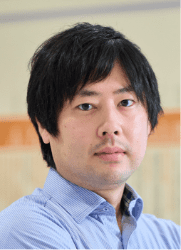
Android robotics for physical and emotional human-robot interaction
-

Creation of artificial metalloenzymes and biomaterials by rational protein design based on chemical approach
-
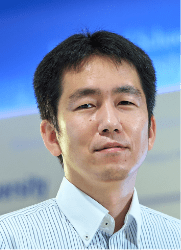
Development of a system to detect early warning signals of freshwater ecosystems based on molecular mechanisms of stress response in Daphnia
-
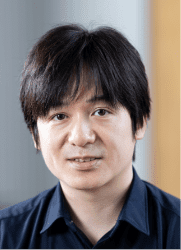
<Started in 2021>
KUWAHARA Yasutaka
Associate ProfessorDivision of Materials and Manufacturing Science
Development of innovative CO2 conversion process using plasmonic photoreaction field of oxygen deficient oxide
-
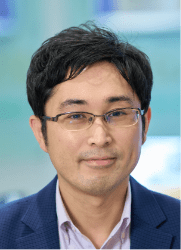
Development of Multiple Photo- and Electro-functional Organic Materials Utilizing Molecular Shape and Intrinsic Elemental Character
-
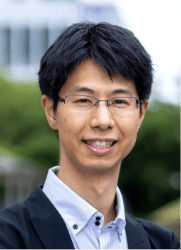
Creation of highly functional metal catalysts by controlling the properties of resource-rich typical elements
-
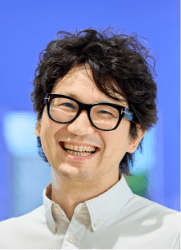
Modelling and simulation of solid-fluid multiphase flows
-

Development and application of novel optical functions of supramolecular assemblies
-
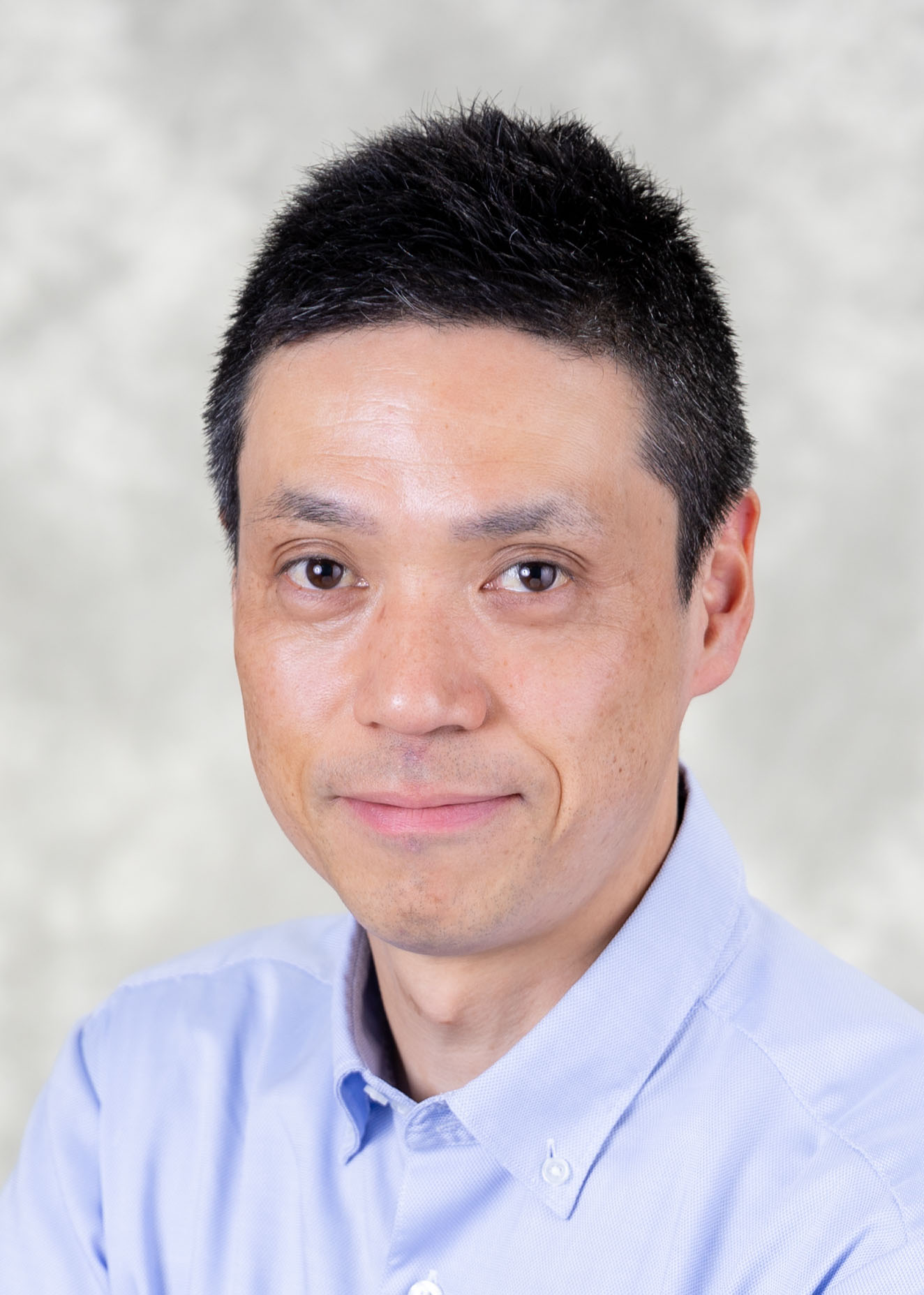
Rehabilitation and reinforcement of infrastructure structures using thermal processing technology
-

<Started in 2023>
KOBAYASHI Takuma
Associate ProfessorDivision of Precision Engineering and Applied Physics
Exploration of luminescent defects in wide bandgap semiconductors and their application to quantum technologies
-

Study on the fabrication of porous electrodes from slurry and application to energy devices
-
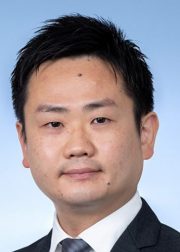
Engineering research for improvement and management of urban water environments



